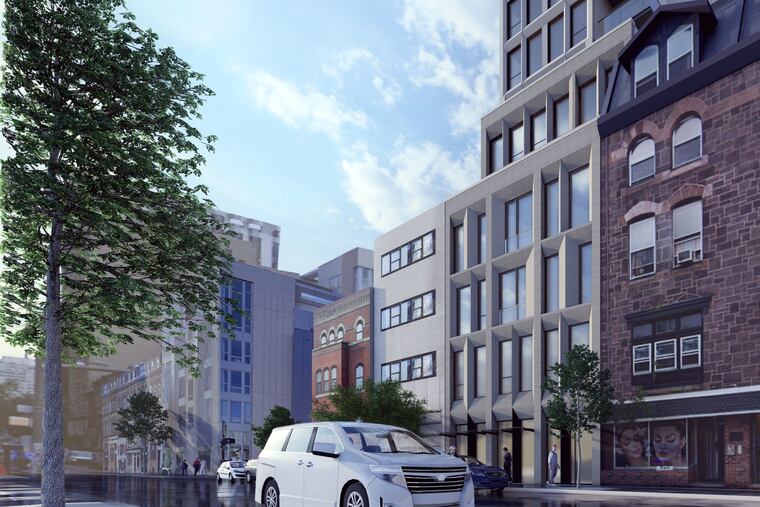10-story condo building proposed amid townhouses on Walnut Street
“There’s a market for a product that’s not typically Philadelphia, that’s more sophisticated," the architect says.

“There’s a market for a product that’s not typically Philadelphia, that’s more sophisticated," the architect says.
